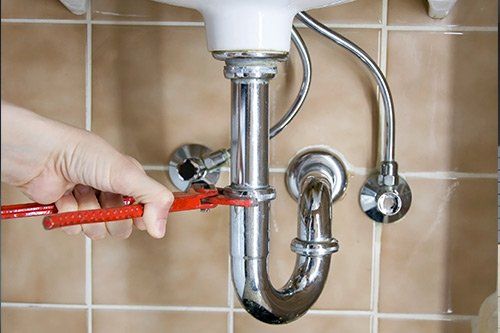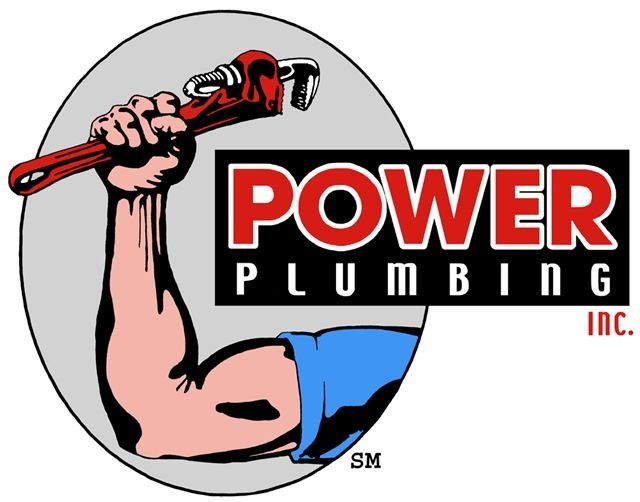Leaking Pipes And What Causes Them
Admin • January 30, 2018

Maintaining access to a functional plumbing system within your home is important. If your plumbing components are not maintained properly over time, you could find yourself without access to running water. Homeowners should be prepared to combat some common plumbing issues so that these problems don't become serious hazards in the future.
Leaking pipes are among the most common types of plumbing issues that you will face as a homeowner. Here are three potential causes of leaking pipes, and some actions that you can take to avoid leaks in order to keep your pipes functioning properly well into the future.
1. Pitted Corrosion
Most modern homes are constructed using copper pipes. Copper is more impervious to corrosion than iron, which was used for indoor plumbing systems in the past. Despite the fact that copper is a durable metal, it can still fall prey to corrosion when exposed to the right substances.
If your municipal water supply contains trace amounts of chlorine, your copper pipes could develop pitted corrosion over time. Pitted corrosion occurs when the chlorine in your water supply eats away at the copper in your pipes, resulting in small and focused leaks.
In order to prevent pitted corrosion from compromising the quality and function of your home's plumbing system, be sure to test your water supply for chlorine. If you detect chlorine, install a whole-home filtration system to remove this chlorine before it travels through your copper pipes.
2. Formicary Corrosion
Another substance that can wreak havoc on the structural integrity of your copper pipes is formaldehyde. Formaldehyde is found in a number of common construction materials, including plywood, MDF, and particle board.
Since your home's pipes likely run near these construction materials, exposure to formaldehyde is a real possibility. The formaldehyde interacts with your copper piping and causes the metal to deteriorate. Small, pin-like holes are created in the pipes, resulting in minor leaks that often go undetected.
Regular inspections are essential when it comes to protecting your copper pipes from formicary corrosion. An experienced plumber will be able to identify this type of corrosion and perform the necessary repairs to keep your home's plumbing system functioning properly over time.
3. Root Invasion
Another common cause of leaks within your home's pipes is the presence of foliage growing near your outdoor plumbing components. The roots of most plants are designed to extend toward any water sources that can be used to feed the foliage, and your plumbing pipes provide a ready supply of water.
Tree and shrub roots have the ability to penetrate the exterior walls of your pipes, causing severe leaks that can result in high water bills and decreased water pressure. An experienced plumber will be able to use a specialized camera to examine the length of your exterior pipes for signs of root invasion.
Having your pipes inspected regularly will allow you to make the necessary repairs to keep your pipes intact. Routine inspections can also help you identify any trees or shrubs that need to be removed from your home's landscape to protect your pipes from developing leaks in the future.
Being able to identify some of the common types of water leaks that can plague your home's plumbing pipes is important when it comes to maintaining the functionality of your home. Pitted corrosion, formicary corrosion, and root invasion all have the potential to cripple your plumbing system, so working with an experienced plumber to address these types of damage is essential.
Contact
the professionals at Power Plumbing Inc. to discuss how you can better protect your copper pipes from developing leaks in the future.






